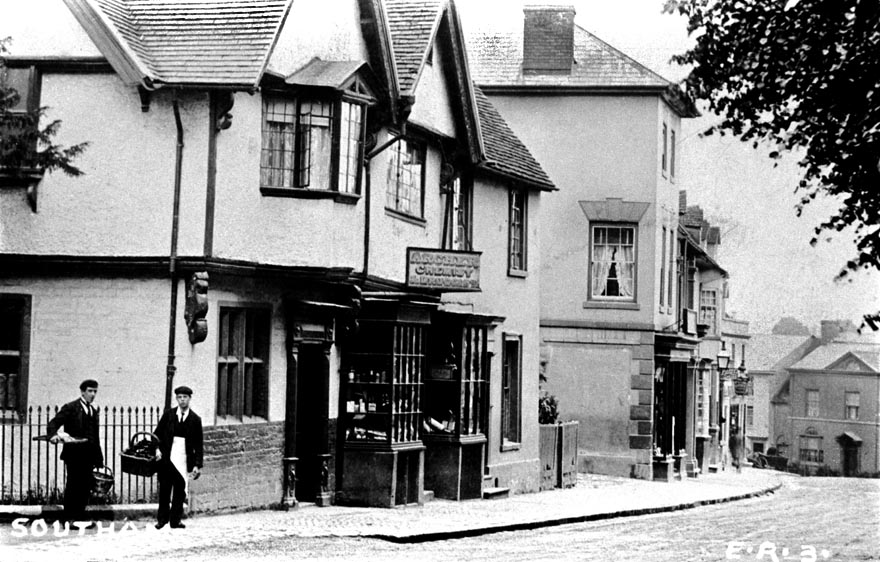Cardall’s Corner – April 2017 – Food & Flowers For Free By Linda Doyle Produce from the Warwickshire countryside has been gathered for centuries both as a supplement for the diet and to sell. For poor people, free food from the verges and hedgerows was essential, and it came in the form of elderberries, blackberries, crab apples, damsons and much more. Farmers deliberately planted the Warwickshire Drooper plum in their field hedges. Few of these plum trees remain as more commercial varieties have taken over, but I have some in my own garden grown from an old Southam orchard. When school became compulsory for children during the second half of the 19th century, they were often absent collecting free bounty from the hedgerows – School log books complain of absenteeism and record the reasons why. However this was an important way of stretching a family’s meagre income. The wide grass verges along Southam’s Welsh Road East and West and the numerous paths and byways between the town and the villages, also lent themselves well to wild flowers. Warwickshire soil grew excellent crops of cowslips, primroses, violets, coltsfoot and dandelions and the children picked sacks of them, to use and to sell. Today cowslips are few and far between, but the dandelion is still an abundant ‘weed’. Although most of us would recognise a violet, few would recognise the equally sweet smelling mignonette, both of which could be sold for a penny a pot to scent the home, and the best could be sold for as much as 2d a pot in larger towns. Cowslips and dandelions were both picked to make wine and I remember as a child picking dandelions for my grandmother to make wine each year. I also remember the occasional bottle exploding in her pantry! Cowslips were used to treat headaches and coughs, and coltsfoot was particularly valuable in preparations for sore throats, coughs and respiratory diseases, including asthma and bronchitis. Thomas Archer, a druggist living on Market Hill (see photograph) would have paid the local children well to gather such plants for his preparations. Druggists learnt their trade through a period of apprenticeship in a pharmacy, but were not required to take examinations or register themselves. Archer was also a grocer so perhaps he dispensed herbs in preparations rather than prescribed medicines to 19th Century Southam. Candied violets were a Victorian delicacy. The flowers when picked would be washed and dried, gently painted with a coat of egg white and carefully dusted in fine caster sugar, allowed to dry for 24 hours and the stems trimmed off before using. The dandelion was so common it didn’t even merit a mention in the Victorian language of flowers, although in mediaeval times it was considered to be a very symbolic flower. Today we still encourage children to pick and blow the seed heads or ‘dandelion clock’ to make a wish or tell the time. The wealthy Victorians cultivated dandelions with care for salads and sandwiches, and although the leaves can be tart, the flowers are less bitter. The root can be ground up to be drunk as tea, but beware, it is a diuretic, and hence the common belief that picking dandelions makes you wet the bed! If you would like to get involved in local history, please contact Southam Heritage Collection. The Collection is currently housed in the basement of Vivian House, Market Hill and is open on Tuesday and Saturday mornings from 10am to 12 noon. Contact: 01926 613503 email southamheritage@hotmail.com visit our website www.southamheritage.org and find us on Facebook: Southam Heritage Collection. 


Leave A Comment